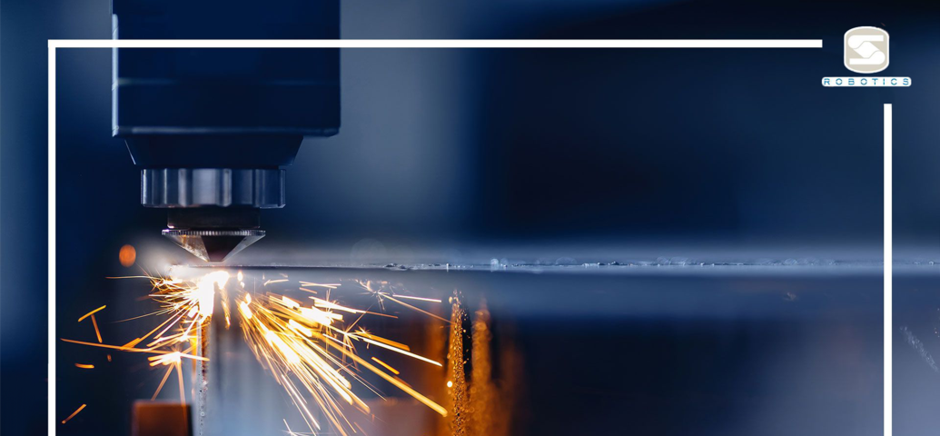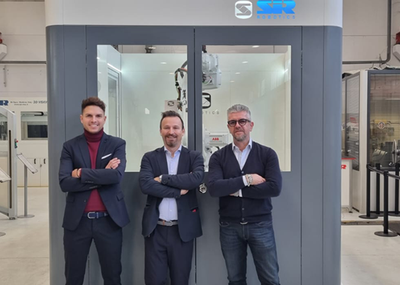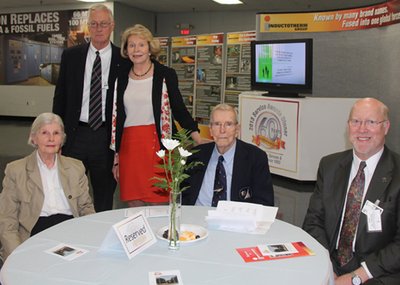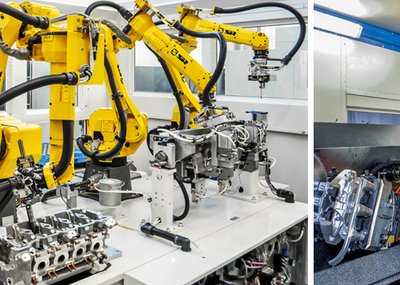The need for innovation
With the rise of electric cars in the automotive sector, manufacturers have been investing for years in design and production processes that help further reduce the mass of their vehicles, which is often compromised by the weight of the batteries that power them.
An obvious candidate for significant weight reduction is the chassis, the skeleton that forms the main structure of the vehicle. In the automotive industry, the chassis traditionally consists of a series of castings that are then assembled in various processes to form a complete chassis. This requires a long chain of different components, a long list of suppliers and a complex assembly line with high production and maintenance costs.
One-piece half frames and the need for alternative processes
The latest and most recent innovation in this field goes in a completely different direction from these traditional processes. The introduction of aluminum die-casting of frames, not only for small components that then have to be assembled, but directly as whole half-frames with larger dimensions, is a goal that was previously considered difficult to achieve. This eliminates much of the assembly production process described above, which significantly lowers costs and reduces the need for special machinery.
Plasma cutting instead of stamping
Another important detail that emerges because of this innovative process concerns the removal of sprues during the machining phase of the frame. In the conventional method, the sprues are separated from the main body of the part by punching. This was possible and cost-effective due to the small size of the frame parts, which do not require over-complicated or oversized punching machines. Die-casting whole frames, on the other hand, logically results in a casting whose channels extend over a larger area, making the stamping process more expensive and less flexible.
Flexibility and cutting quality: one partnership and one solution
SIR (Soluzioni Industriali Robotizzate), long a leader in building robotic cells for various sectors and with a strong presence in the automotive industry, and HYPERTERM, a global manufacturer of plasma generators, have entered into a collaboration to optimize plasma cutting applications with robotic torches. Plasma cutting has proven to be the most cost-effective and efficient alternative to punching for removing sprues in one-piece castings, offering convenience, cost savings, flexibility, and ease of use. Features that are due to the innate characteristics of the robots, which offer the ability to adapt to different types of cuts on different components, thus offering cost savings; and to the characteristics of the plasma torch, which guarantees lower consumption and costs than the alternatives, while allowing clean cuts, i.e. requiring fewer finishing steps in the following stages.
In the event of a batch change, there is no longer any need to replace costly and cumbersome punching tools; all that is required is a simple reprogramming of the robot paths in conjunction with a possible adjustment of the reference support and the support of the workpiece. The two companies are therefore working together to optimize these applications to support the cutting of sprues of different thicknesses, adjust cutting speeds and achieve an ever higher level of quality. One example is the application recently developed by SIR for a major automotive customer. The application takes the form of a robotic cell and aims to dematerialize aluminum castings, in particular front and rear half-frames, using a plasma torch. The cell consists of handling robots that operate cutting cells where other robots in booths cut and remove sprues and runners.
The system is complemented by manual deburring cells, which will also be robotized in the future. The main focus of the application, as already mentioned, is the use of technologies that enable clean cuts with much greater flexibility than conventional cutting solutions. The result is a cell whose robots guarantee a high degree of adaptability to the machining of parts of different sizes and shapes, characterized by high machining quality and very high efficiency, offering a solution for customers who are evaluating this new frame casting process with growing interest.







